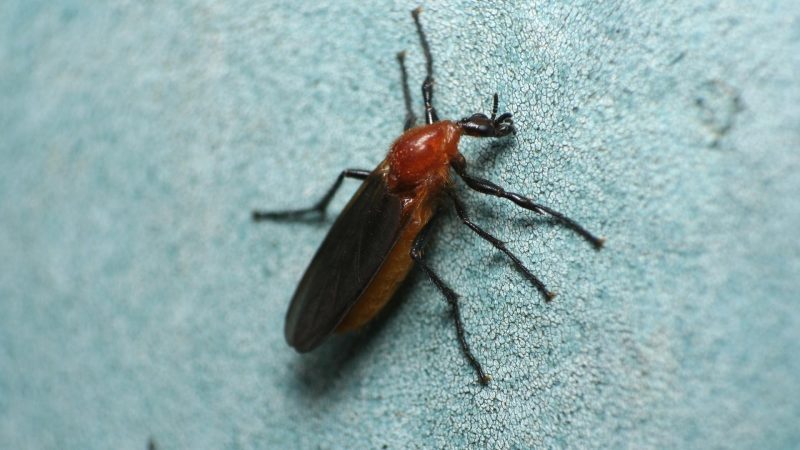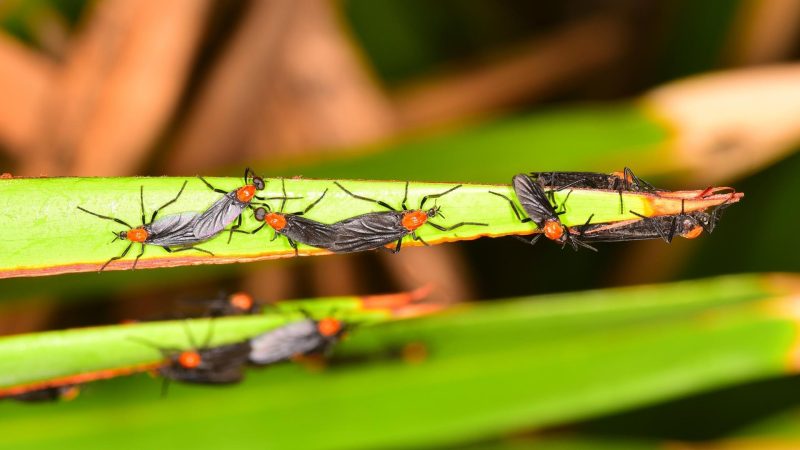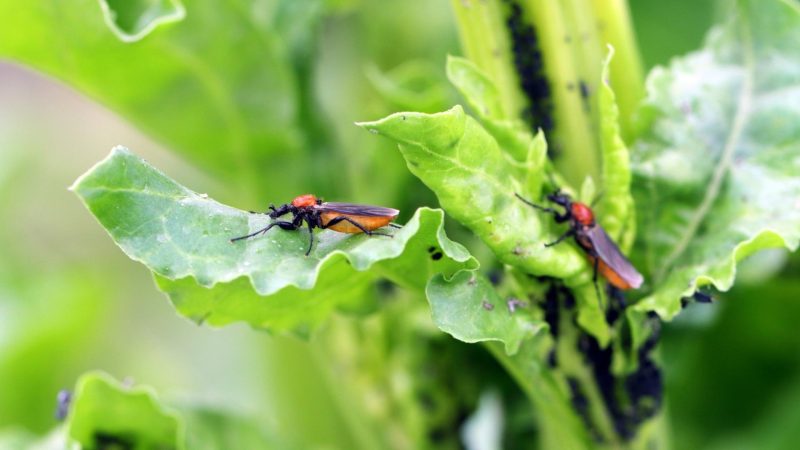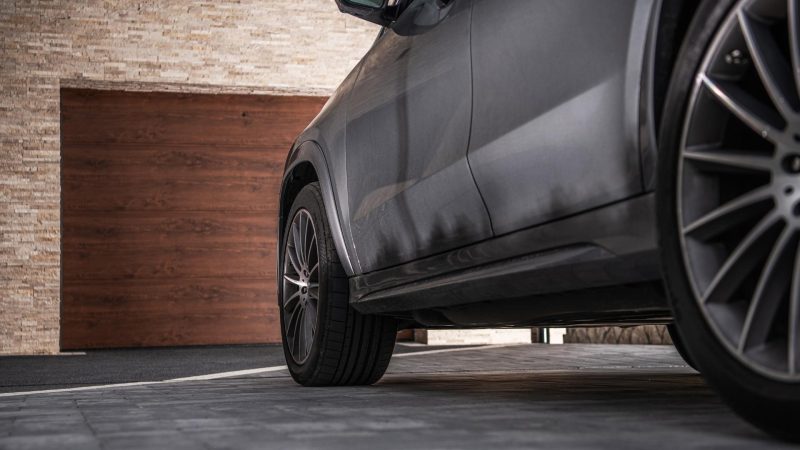You may encounter tons of lovebugs while driving in the Gulf States, although they are most abundant in Florida due to very high humidity levels.
Fortunately, you may see less of them when there is a lack of rain. But during their peak season, a massive number of adult love bugs will emerge and will give you headaches.
When is lovebug season? Lovebugs season occurs twice a year, the first one is in spring, and the second one is in the late summer. Each season can last for about four weeks, although the exact number of days mainly depends on the weather. However, these pesky pests can still be around throughout the year.
Contrary to popular myth, lovebugs are not a product of a failed genetic experiment at the University of Florida to fight mosquitoes.
In fact, lovebugs were already prevalent in Louisiana and Texas since 1911. This article contains interesting facts about lovebugs and some tips. Make sure to read from start to end.
Table of Contents
What Is a Lovebug?

Scientifically known as Plecia nearctica, lovebugs are not considered true bugs. Instead, they are flies that belong to the Bibionidae family in the insect order Diptera.
These fly species are mostly seen flying in mating pairs in the southern part of the United States, such as Louisiana, Texas, and Florida, hence the name.
There are more than 200 species of the genus Plecia, but only two of them are found in the United States – Plecia nearctica and Plecia americana, which can be found in the Northeastern part of the country.
The former is more common than the latter and has been a major problem for drivers, especially on the highways.
What Do Lovebugs Look Like?
Also called honeymoon flies, lovebugs are mostly black with a red area (but sometimes orange) on top of their thorax. They have large eyes, branched wings, and antennae with twelve segments each.
Males are about 6-7mm long and weigh 6-10 mg, while females are bigger at 6-9 mm long and weigh about 15-25 mg.
Female lovebugs also have an elongated rostrum (stiff snout-like prolongation from the head) and huge ovaries that contain 70% of the total protein inside their body.
On the other hand, lovebug larvae are usually slate gray with a dark head and can grow between 10 and 12 mm long. They require adequate moisture.
What Is the Purpose of Lovebugs?

The purpose of lovebug larvae is to decompose dead vegetation. Therefore, they help a lot in recycling organic matter by returning it to the soil. Meanwhile, adult lovebugs are excellent pollinators, which means that they are beneficial to plants. Despite being annoying pests to car drivers, lovebugs are very valuable insects.
Why Do Lovebugs Stick Together?

Lovebugs stick together while they are flying because they are mating in the air. Amazingly, their mating flight can last for several hours, and other males will try to separate them but will fail.
Once the female gets satisfied, she will rub the male off to release him. The female will then lay 150 to 600 eggs but will soon die.
What Months of the Year Lovebugs Are Most Active?

Lovebugs are most active between late April and May and again from August to September of the same year. Adult males start to fly and search for mates at around 8 am, but some may emerge at 10 am. Typically, early flyers rest in the afternoon but will be back from 4 pm to 8 pm, while late flyers fly the whole day.
How Long Does the Lovebug Season Last?
A lovebug season usually lasts for four to five weeks, which means that lovebugs are most active for 8-10 weeks or more than two months every year.
But then, the flight hours may be longer if the temperature is above 84°F (29°C). In the morning, they will emerge once the temperature reaches 68°F (20°C).
What Do Lovebugs Eat?
Lovebug larvae feed on decaying vegetation or any dead plant material, where they also develop into pupae and become adults. On the other hand, adults eat flower nectar and pollen.
Contrary to popular belief, lovebugs don’t eat insects simply because they have no mandibles and they lack the speed to go after them.
What Eats Lovebugs?
Lovebugs are not known to have natural predators, probably due to their very short life span. Aside from that, lovebugs also tend to have an acidic taste, which insects hate.
However, some lovebug larvae have been found inside the gizzards (stomach) of quails and robins and in the abdomen of earwigs and centipedes.
Why Are Lovebugs Such a Threat?
Multiple swarms of lovebugs are considered a threat to highway motorists since they may be spattered on the windshields and can cause visual obstruction.
They may also enter into the engine and cause radiator clogging, which can lead to overheating. Aside from that, their acidic body fluids can cause damage to car paint.
Can Lovebugs Harm You?
Lovebugs cannot harm you since they don’t bite or sting humans and don’t carry transmittable diseases. Therefore, they are not dangerous and don’t pose health risks to people and animals.
However, these black flies can be nuisance pests, especially on highways. They also cause a huge mess in cars.
What Attracts Lovebugs to Your House?

Female lovebugs are very attracted to heat and UV irradiated aldehydes, which is the main component found in exhaust fumes from vehicles or any machines with engines.
According to some theories, lovebugs tend to mistake its odor with the scent emitted from decaying organic matter, where they lay their eggs.
Some lovebugs may hitchhike in your car, especially during summer. Afterward, they will accidentally enter your house through your garage.
Adult lovebugs are also attracted to white and light-colored surfaces, especially the newly painted ones. Lovebugs may also enter houses that are under construction or renovation.
Signs of Infestation of Lovebugs
Generally speaking, the most obvious sign of a lovebug infestation is their presence. As mentioned above, you can encounter them on highways or while painting your house outside.
To be more specific, here are the most common instances when you can come across them, especially in huge numbers:
- Multiple swarms of lovebugs are flying in front of you while you are driving on a highway.
- Lots of them (dead or alive) got stuck on your car paint and windshield.
- Adult lovebugs are flying all over your house and garden.
What to Do if You Have Lovebugs?
Lovebugs are nuisances once they bump into your car or get inside your house. But because they are seasonal pests and have a very short life span, you don’t need to call a pest control professional.
But once they are already causing trouble, here are some simple ways to get rid of them indoors and outdoors:
- Whether they are in your house or car, simply use a vacuum cleaner to wipe them out.
- Lovebug traps such as Gnat Ball 4 Pack Starter Complete Kit are odorless and eco-friendly. You can hang them on a tree or in any area where lovebugs are present.
- Remove dead lovebugs or their body parts from your car paint as soon as possible. Otherwise, their acidic fluids may destroy your paint. For immediate action, soak your car with clean water for about 5 minutes. Then, gently scrub the infected areas for 15-20 minutes.
- For better and faster results, apply car wax that contains petroleum distillates, such as Mothers Carnauba Liquid Wax.
Tips for Prevention of Lovebugs
Lovebugs are unavoidable, especially when you are driving in humid areas. But since they are beneficial insects more than nuisance pests, using insecticides is not recommended. But still, you can reduce their presence and the damage they can cause. Here are some simple tips to help prevent lovebugs from being a threat:
- Remove dead and decaying organic matter (such as dead leaves and grass) from your lawn or garden.
- If possible, paint your exterior walls with darker colors.
- If you plan to paint white or light colors, paint them in the fall instead of spring and summer.
- Drive carefully and slowly once you see lovebugs, especially if you are living in humid states such as Texas and Florida.
- If possible, drive after sundown since this is the time when lovebugs are not active.
- If you will drive during mating season, grease your car down first with cooking oil or Vaseline so lovebugs will come off the smooth surface.
- To protect your radiator from clogging due to lovebugs, place a protective cover or screen on the grill of your vehicle, especially during mating season.
- You can also install a bug deflector in front of the hood of your car. Products such as Rugged Ridge Bug Deflector are durable and very easy to install.
- To reduce the possibility of car paint damage, apply a high-quality and trusted car wax such as Turtle Wax T-223 Super Hard Shell Paste Wax.
Summary
No matter what you do, lovebugs will return since they are part of nature. So far, the best way to reduce damage to your car is to avoid traveling during their breeding season. If it is not possible, prepare your car before they arrive. Once you see them getting in your way, ignore them and let them enjoy life.